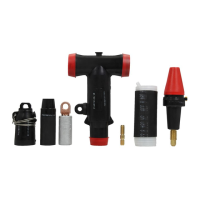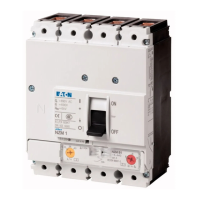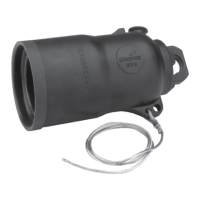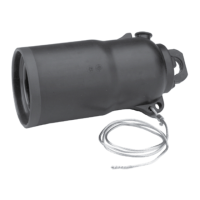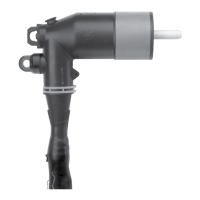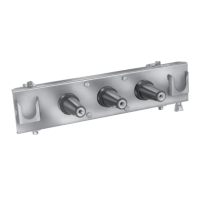Section 6: Control features
Calendar/clock
Integral to several functions of the control is an internal
calendar/clock. The digital clock maintains the year, month,
day, hour, minute and seconds, within 1 second. The
display format is user-selectable (see FC 142 and FC 143).
The control time is synchronized to the system frequency
when powered by ac. When ac power is lost, the clock
maintains time, for a minimum of 72 hours, by using a
crystal oscillator and a capacitor as the power source.
Twenty minutes on ac power is required to fully charge the
capacitor.
The LCD displays the current date and time at the end of the
self-test when the front panel is turned on. However, upon
power-up after extended loss of power, the control clock time
and date will default to midnight, January 1, 1970.
The date and time can be read and set at FC 50. When
setting, all of the digits must be entered using the standard
24-hour format (MM/DD/YYYY hh:mm). If an error is made
while entering the values, backspace using either arrow
scroll key.
Daylight Savings Time is available starting with the CL-6B
control. The factory default is for daylight savings time to be
off. Daylight savings time can be turned on using FC 151.
Metering
The control has extensive metering capabilities, which
are categorized as Instantaneous, Forward Demand, and
Reverse Demand.
Instantaneous metering
Instantaneous metering values are refreshed once each
second. They may be accessed directly at FC 6 through
FC 19, FC 125, and FC 126. See Table 5-3 in the Control
Programming section of this manual for more information
on these function codes.
Demand metering
The control provides demand metering values for these
parameters: load voltage, and, for forward and reverse,
source voltage, compensated voltage, load current, kVA
load, kW load, and kvar load. For each of these parameters
the present value, the high value since last reset, and
the low value since last reset are recorded, as well as
the earliest time and date that the high and low values
occurred.
Additionally, the power factor at kVA-high demand and
kVA-low demand are recorded. All of these values are
stored in non-volatile memory separately for forward and
reverse power conditions.
See Table 5-3 in the Control Programming section
of this manual for information on the function codes
associated with demand metering (FC 20 through FC 38, FC
127, and FC 128).
Demand task operation
The demand metering function is based upon a sliding
window concept, or moving integral. The algorithm
implemented simulates the response of a thermal demand
meter which will reach 90% of its final value after one
demand interval in response to a step function input. See
Figure 6.1.
The task works like this:
1. For 3 minutes after a power outage or power reversal,
no demands are calculated. This allows the utility
system to stabilize from the event which created the
outage or power reversal.
2. At 3 minutes, the present demands (for the appropriate
power direction) are set to their corresponding
instantaneous value and the integration algorithm
begins according to the programmed demand interval at
FC 46.
3. At 15 minutes or at the demand time interval (whichever
is longer), the high/low demand values begin to track the
present demand, similar to drag hands. All demand
values are calculated continuously and, if a change
has occurred, the high/low demands are stored in the
non-volatile memory every 15 minutes. This prevents
loss of data during a power interruption or outage.
Notice that the provisions are made to reset any demand
value by itself via the change/reset key, or all demand
values can be reset simultaneously by entering FC 38. High
and low values will be set to their corresponding present
demand value, and the dates and times will be set to the
present date/time.
Two conditions can cause the present demands to be
invalid: The power has just been applied (within the
3-minute freeze period) or the power flow has changed
direction. If the control is metering in the forward direction,
the reverse present demands will be invalid; if metering in
the reverse direction, the forward present demands will be
invalid.
Figure 6-1. Demand time interval response.
100%
90%
6T
0
1T
2T
3T
4T
5T
Demand Time Interval
t
77
CL-6 SERIES CONTROL INSTALLATION, OPERATION, AND MAINTENANCE INSTRUCTIONS MN225016EN January 2016

